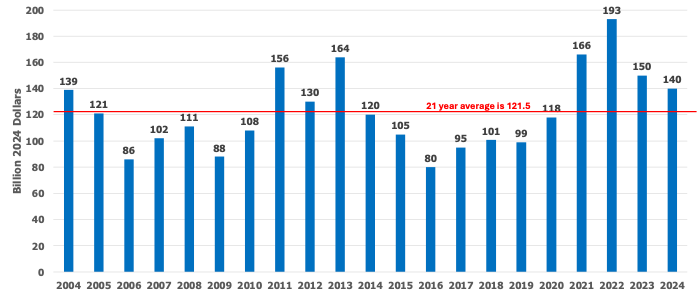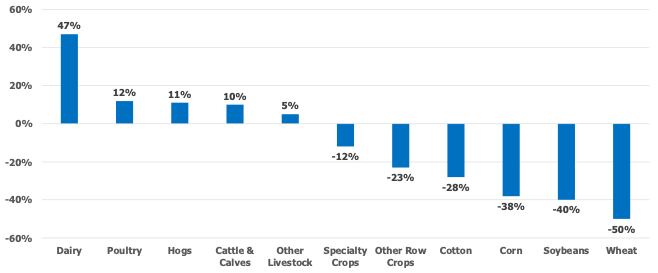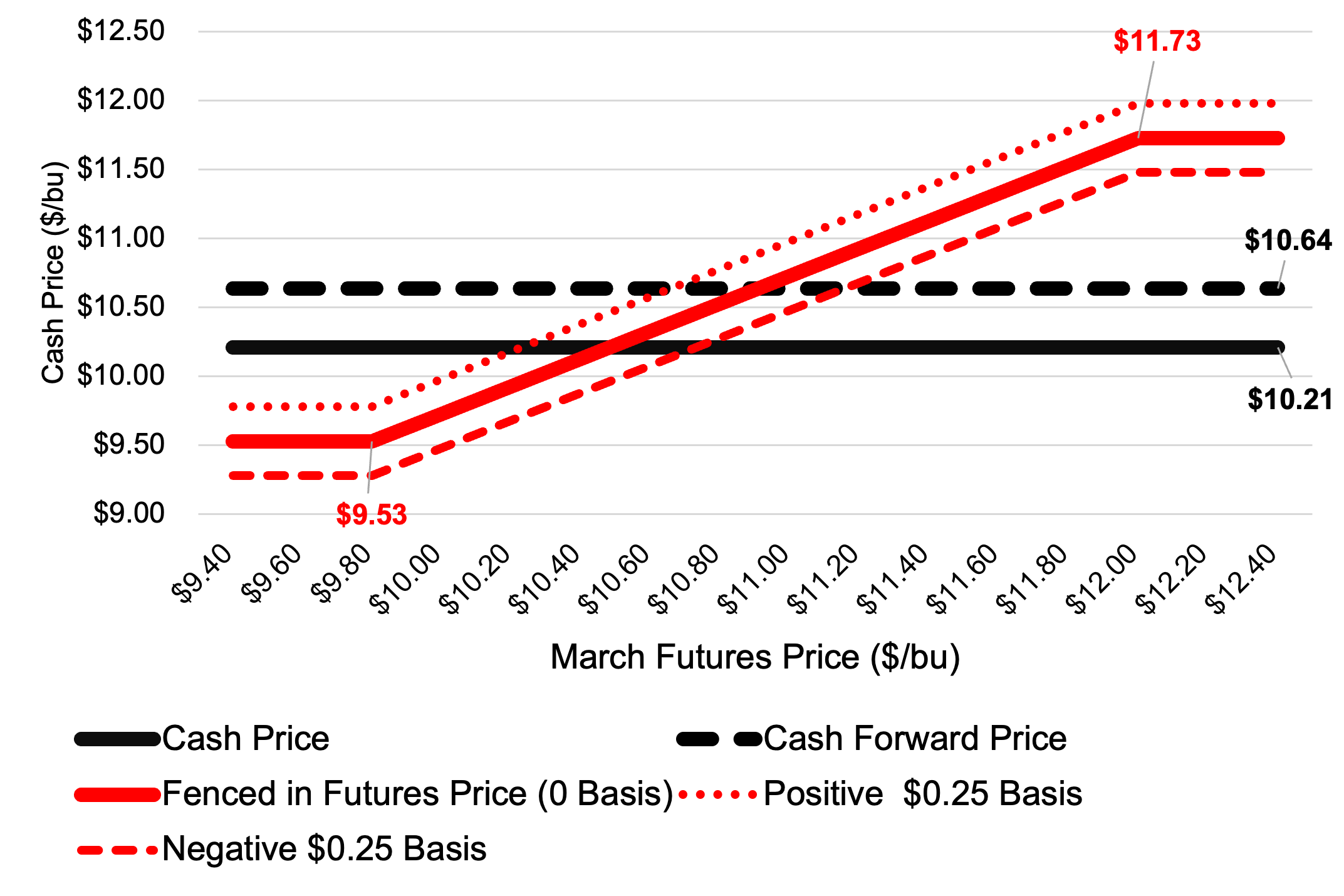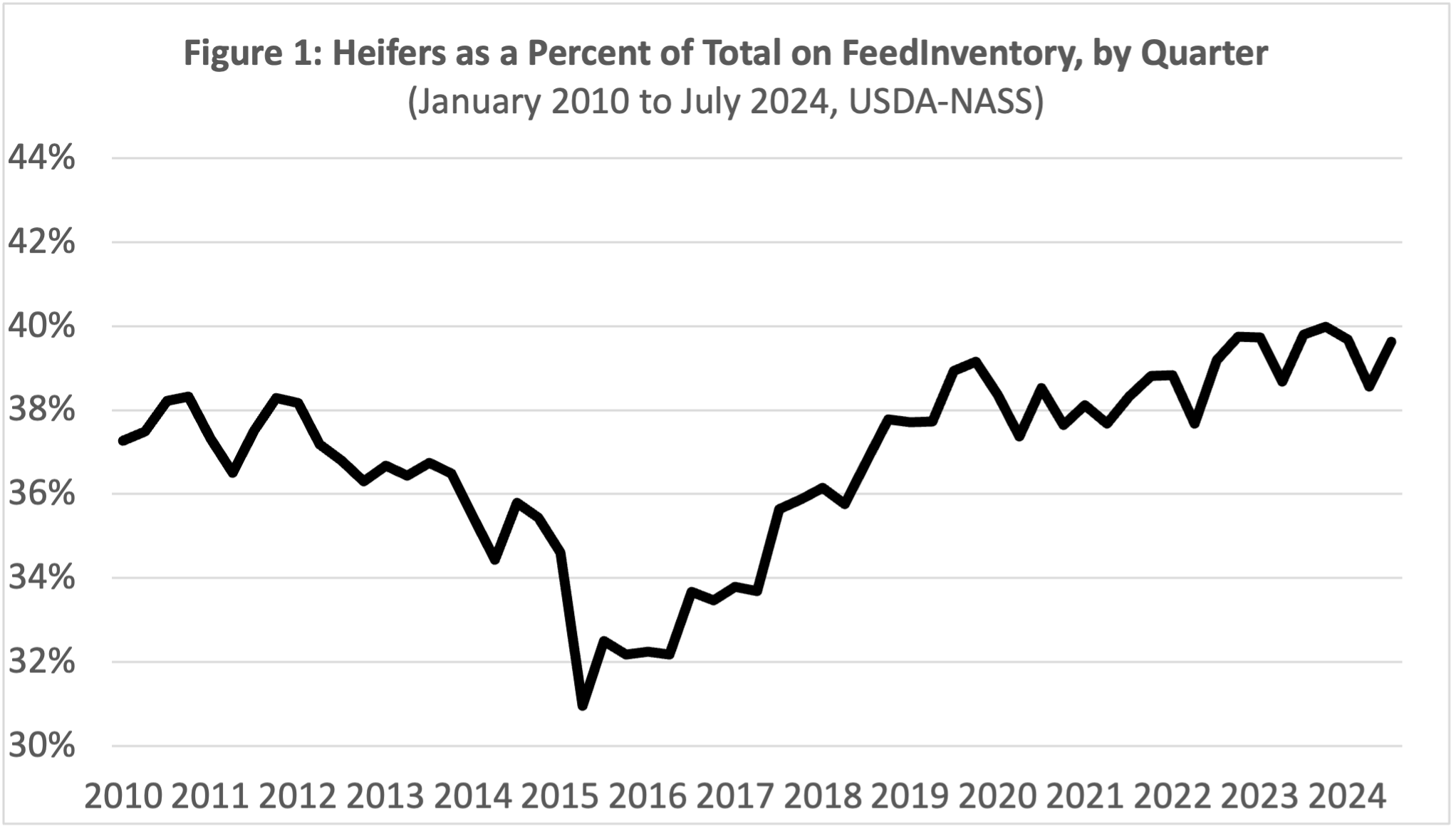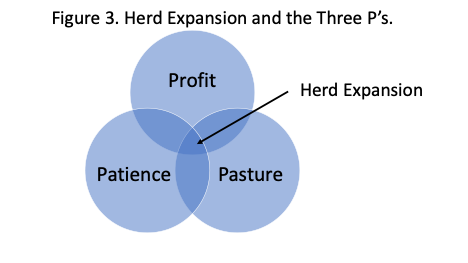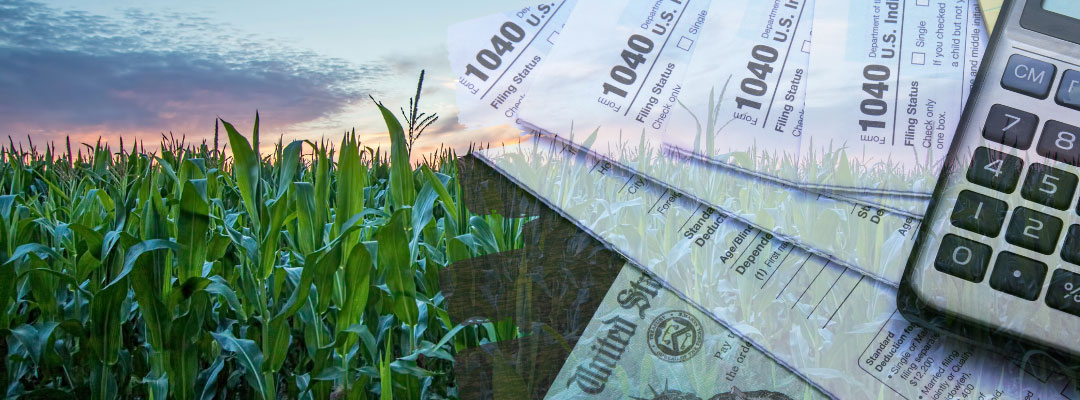Postscript: After this article was completed and while waiting to be published, the Ninth Circuit Court of Appeals rendered a decision on October 2, 2024, upholding the EPA’s decision to deny the plaintiff environmental groups’ petition to compel revised CAFO regulations. A request for the granting of an appeal to the U.S. Supreme Court must be filed within 90 days of October 2, 2024.
Note: This article is a continuation of a topic first discussed in an article published on March 15, 2024, titled, “EPA Made Commitment to CAFO Permitting Reform But No Action Evident to Date.”
There have been significant developments in the last six months since Southern Ag Today first published an article outlining:
- the United States Environmental Protection Agency’s (“EPA”) announcement of an internal “comprehensive evaluation” of its Clean Water Act (“CWA”) NPDES permit regulations for confined animal feeding operations (“CAFO”) for potential agency initiation of reforms; and
- a lawsuit captioned, Food & Water Watch, et al. v. EPA, No. 23-2146, pending in the U.S. Court of Appeals for the Ninth Circuit, seeking NPDES CAFO permit reform through court intervention and order.
At issue is EPA’s continued use and implementation of a regulatory scheme defining NPDES permit obligations by reference to species-specific animal equivalency units (“AEU”) housed on site—resulting in the now familiar CAFO classifications as Large, Medium and Small, each carrying varying obligations, or none at all. Notably, the CWA contains no definition of a CAFO, which statutorily must be regulated as a point source discharge under the NPDES permit system. EPA uses those classifications to implement and enforce the law in substitution for measurement or monitoring of discharges. EPA’s regulatory scheme is based entirely upon an agency interpretation, not one found in the law.
- EPA internal CAFO Permitting Reform Process
EPA has begun its internal assessment of NPDES CAFO permitting reform in earnest with:
- April 30, 2024: EPA appointments to the advisory Animal Agriculture and Water Quality Subcommittee “(AAWQ”), charged with making reform recommendations to EPA;
- May 30-31, 2024: First AAWQ meeting (Washington, D.C.)
- August 8-9, 2024: Second AAWQ meeting (Lancaster, PA)
It has been slightly more than one year since EPA announced its internal CAFO Reform effort, and its parameters. EPA included its plan within two August 15, 2023, agency adjudications denying administrative petitions filed by Food & Water Watch and others challenging the continued legal efficacy of the current NPDES CAFO permit regulations. Despite fifteen years of use (last revised in 2008) the petitioners argue that the regulations fail to conform to CWA statutory authority and purposes. It is a relatively safe assumption that this process will likely continue at a slow pace.
- Litigation on its way to the U.S. Supreme Court?
Meanwhile, Food & Water Watch, and the other petitioners, appealed the August 15, 2023, denial of those two petitions to the Ninth Circuit Court of Appeals in Food & Water Watch, et al. v. EPA, No. 23-2146. That case has now completed:
- All Briefs have been filed by the parties.
- September 12, 2024: Oral argument conducted (view recording).
Oral argument is a difficult predictor of an outcome, but questioning during oral argument by the Ninth Circuit panel of 3 judges appeared to be more sympathetic to EPA’s arguments. That is not surprising based upon the heretofore poor track record of success of administrative petitions seeking to force regulation changes.
Nevertheless, the most important thing about the pending appeal is that the U.S. Supreme Court is the next available appeal. Whichever party receives an adverse ruling, in whole or in part, the outcome at the Ninth Circuit will almost certainly result in a request to the U.S. Supreme Court to grant an appeal and review the legal issue of whether current EPA NPDES CAFO permit regulations should stand as-is, be declared invalid and remanded to EPA for further action, or some permutation of those outcomes as applied to individual provisions.
The current U.S. Supreme Court has illustrated its interest in becoming involved in cases where it perceives an administrative agency has overstepped its statutory bounds in promulgating regulations and/or has made interpretations not directly supported by the statute on how to fulfill its statutory duties to implement and enforce a statute.
That willingness has been illustrated in full flower in the well-known recent decisions in both Sackett et ux. v. EPA et al., No. 21-454 (reversing EPA’s regulatory scheme for interpreting the statutory term “waters of the United States” (“WOTUS”) under the Clean Water Act) and Loper Bright, et al., v. Raimondo, et.al, No. 22-451 (no longer granting any deference to administrative agency interpretation of how to implement and enforce a regulation when faced with a statute containing an ambiguity).
Before the U.S. Supreme Court granted an appeal of the Circuit Court of Appeals outcome in the Sackett case in 2022, few, if any, legal observers would have pegged that relatively obscure litigation as the future vehicle for a monumental overhaul of the WOTUS definition in federal law.
Will this case be the next unlikely vehicle for groundbreaking U.S. Supreme Court intervention in administrative agency regulatory practice?
Duer, Brook, and Paul Goeringer. “Will the U.S. Supreme Court Be Asked to Send EPA Back to the Drawing Board on CAFO Permits?” Southern Ag Today 4(41.5). October 11, 2024. Permalink


